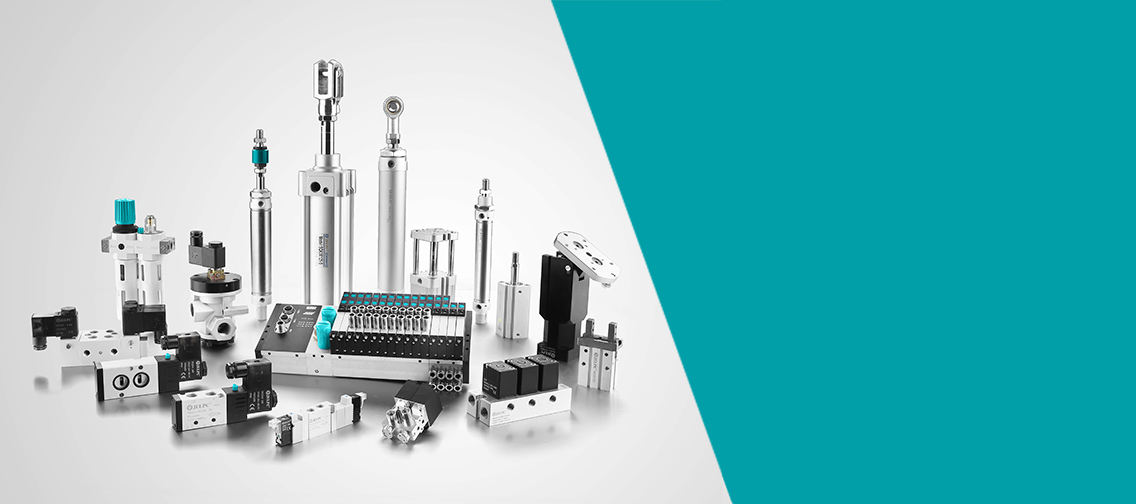Proportional regulators are a major improvement over mechanical regulators - they are fairly simple and very effective, allowing for better control. They use fill and vent valves to maintain outlet pressure at the desired set point. A small internal pressure sensor monitors the output pressure and a digital controller adjusts the flow output of the internal valve to maintain the desired set point (i.e. closed loop control). This means that when you set the desired pressure, the proportional regulator valve will maintain that pressure even if the flow through the system changes. An internal pressure sensor provides instant feedback to adjust the flow of the fill valve or vent valve so that the output pressure remains static.
When the control signal increases, the internal proportional valve activates, increasing the pressure into the internal pilot chamber. When this happens, more inlet pressure enters the pilot chamber through the proportional fill valve. The pressure in the pilot chamber increases and causes the upper surface of the diaphragm to work. Therefore, the air supply valve connected to the diaphragm is opened, and part of the air supply pressure becomes the output pressure. This output pressure is returned to the control circuit through the pressure sensor. The fill valve will continue to adjust slightly until the output pressure equals the desired set point of the control signal.

No 1.Xingjia Road, Pneumatic industrial park, Xikou,Ningbo, Zhejiang Zip code 315502
+86-574-88869818
+86-574-88869826
+86-574-88869817
+86-574-88869816
+86-574-88869833
royshan@jelpc.com

Copyright Ningbo Jiaerling Pneumatic Machinery Co.,Ltd.. All Rights Reserved.
China Proportional Valves Manufacturers